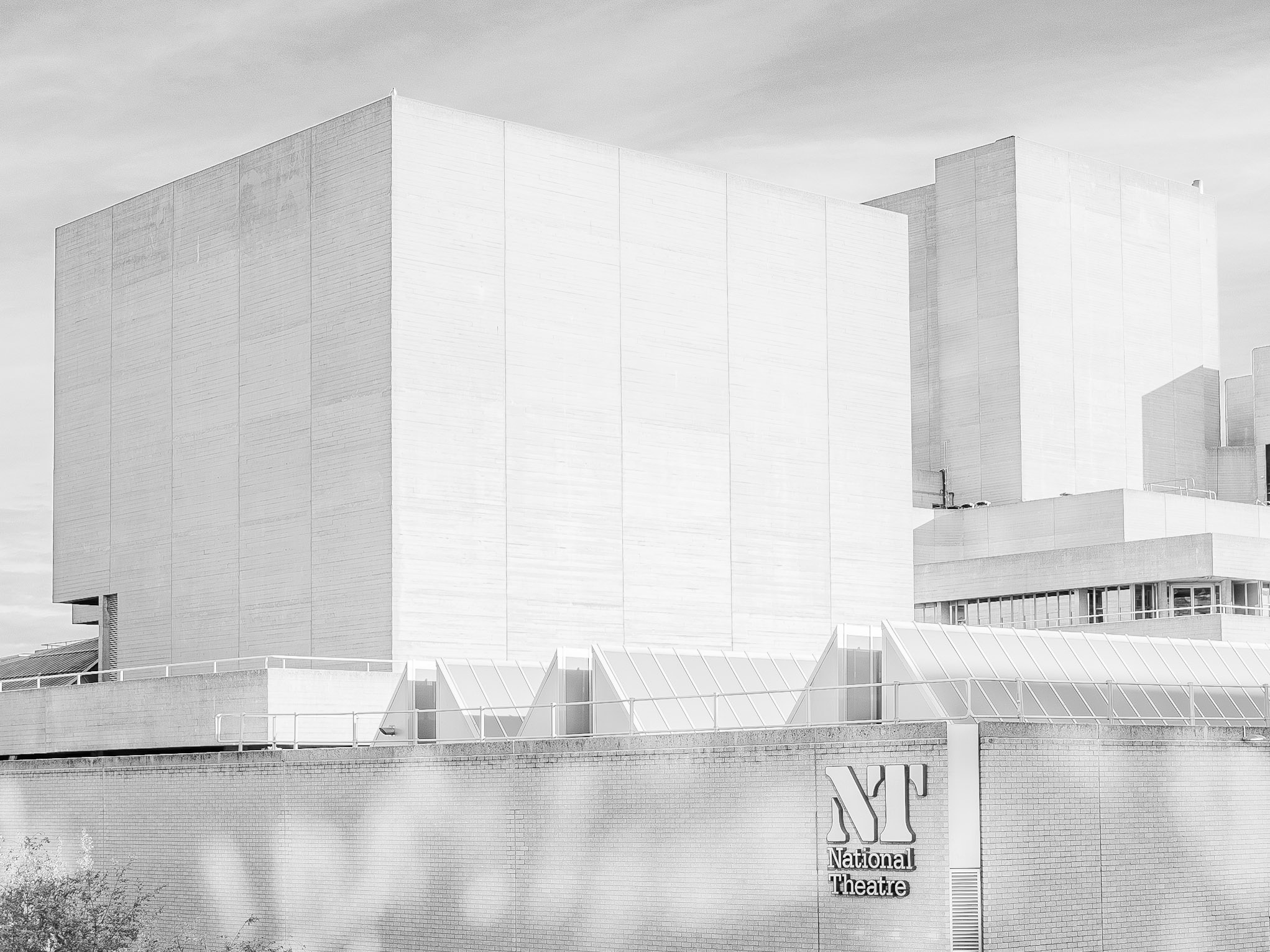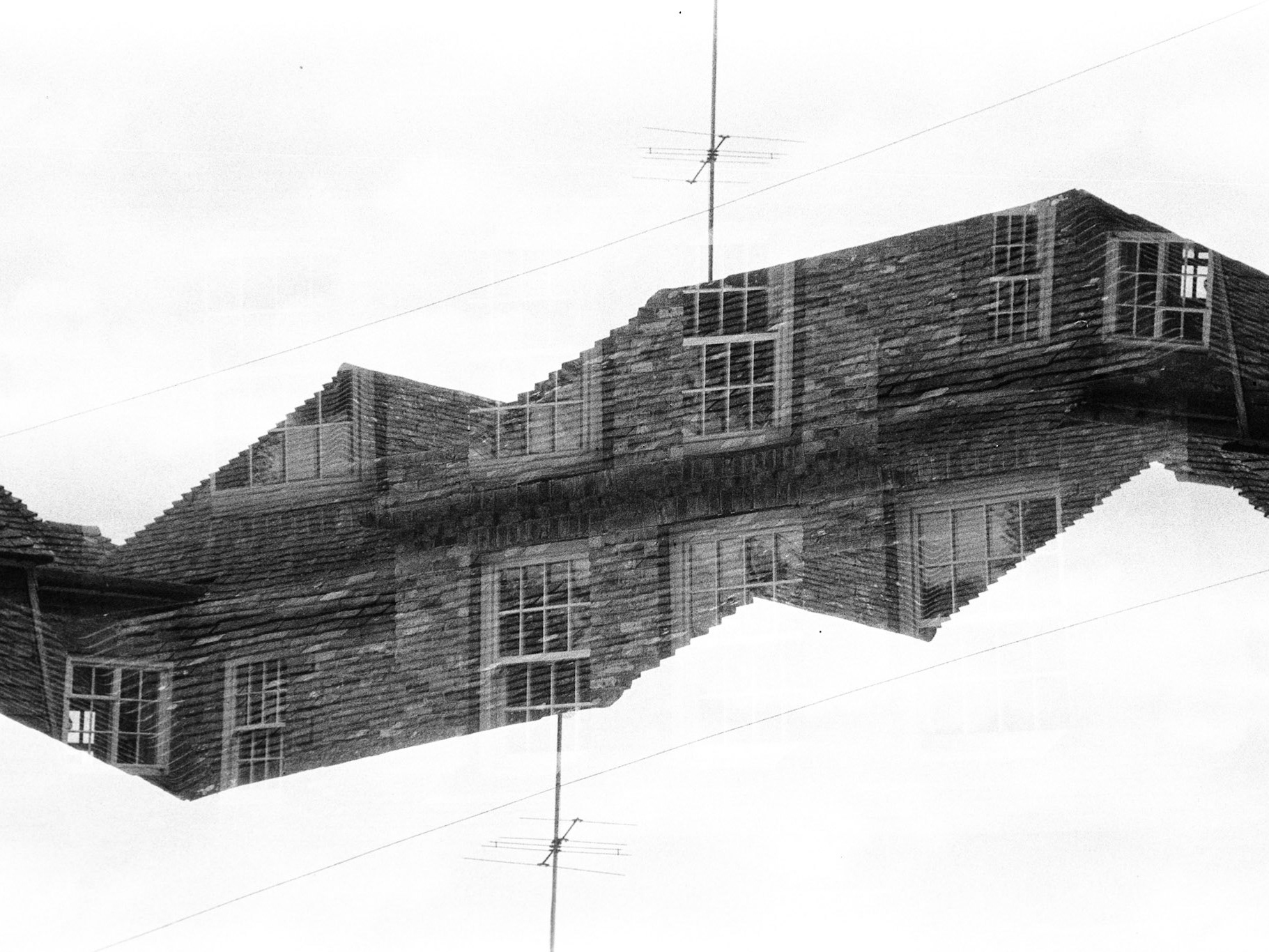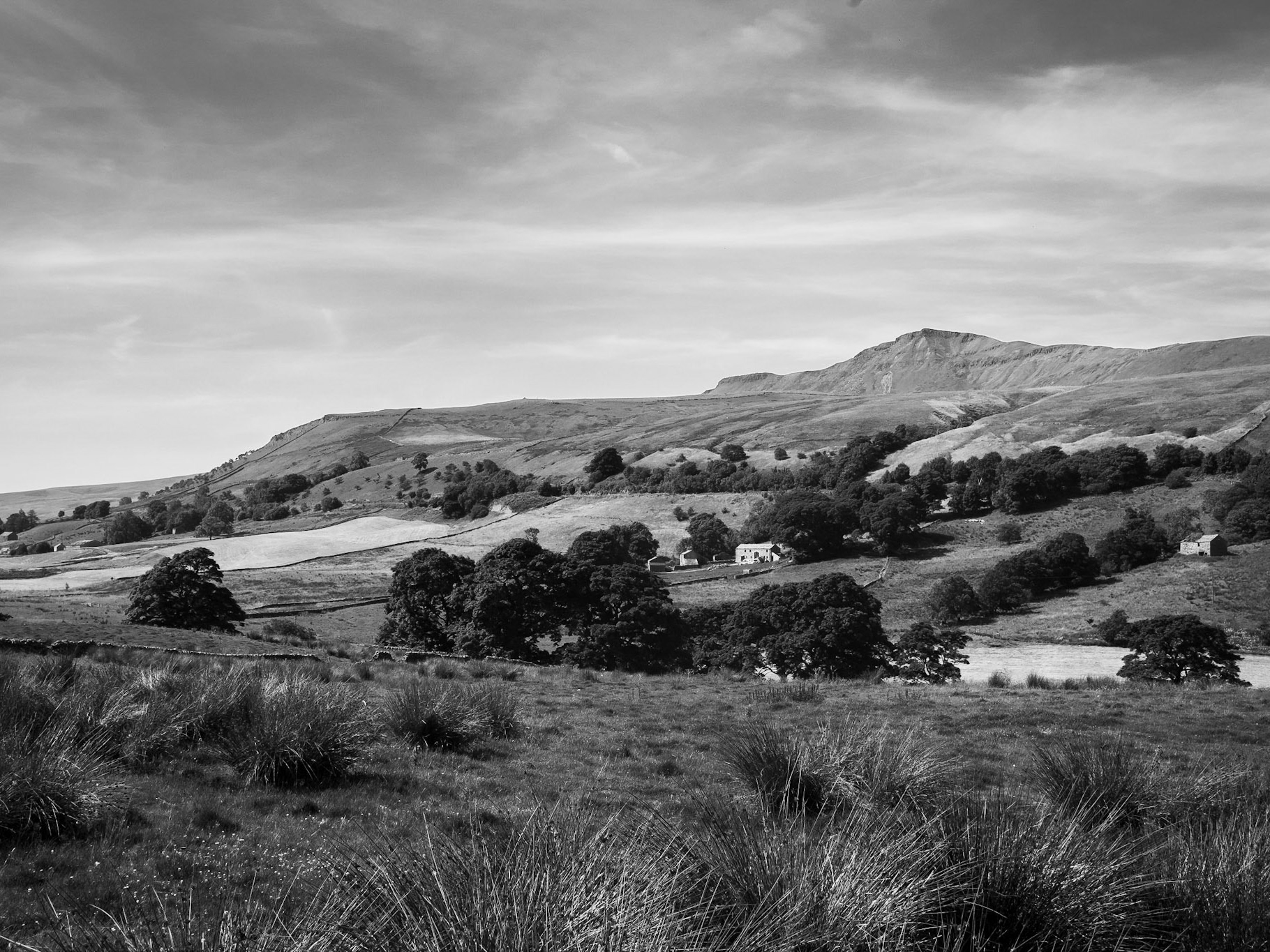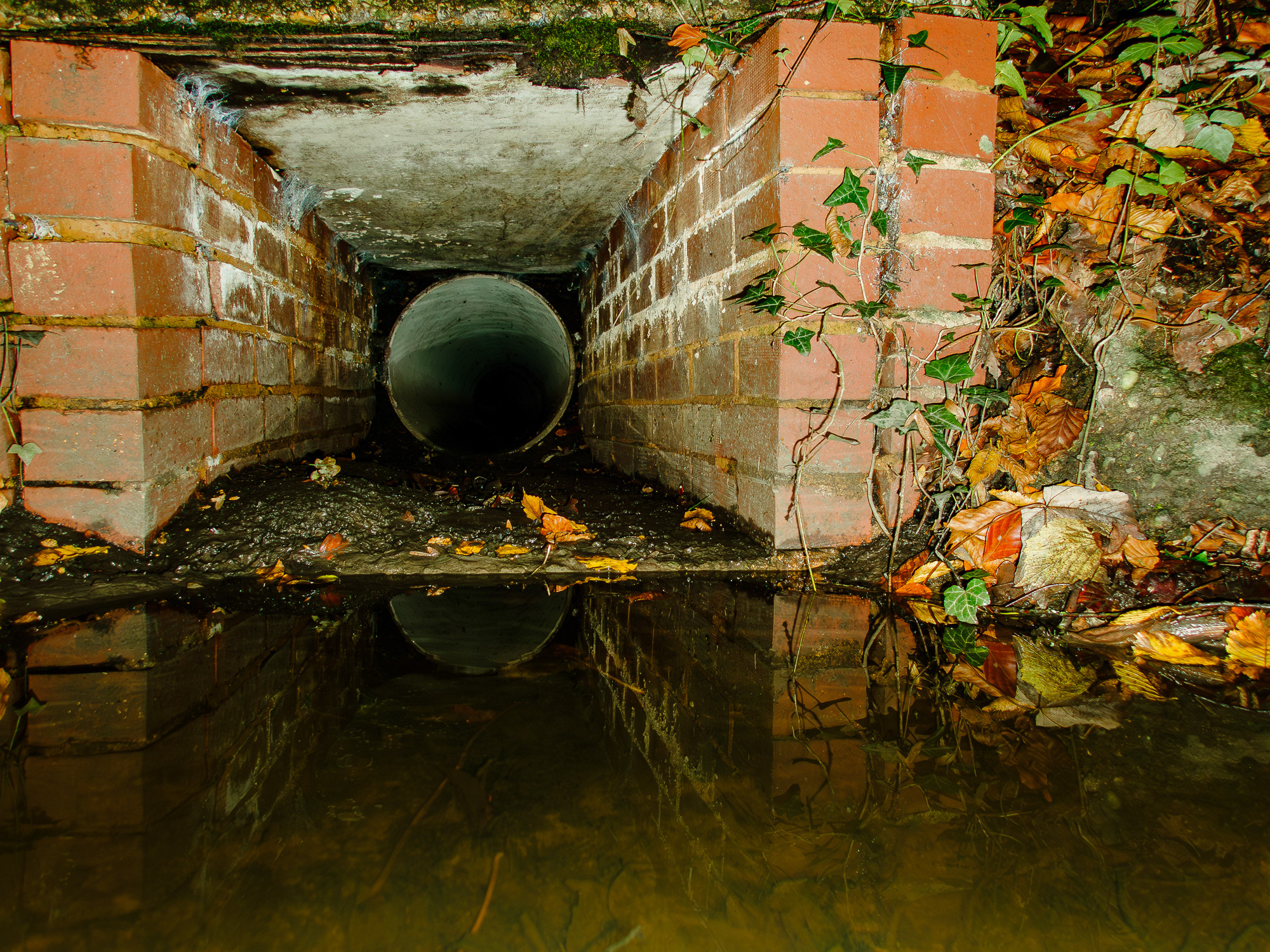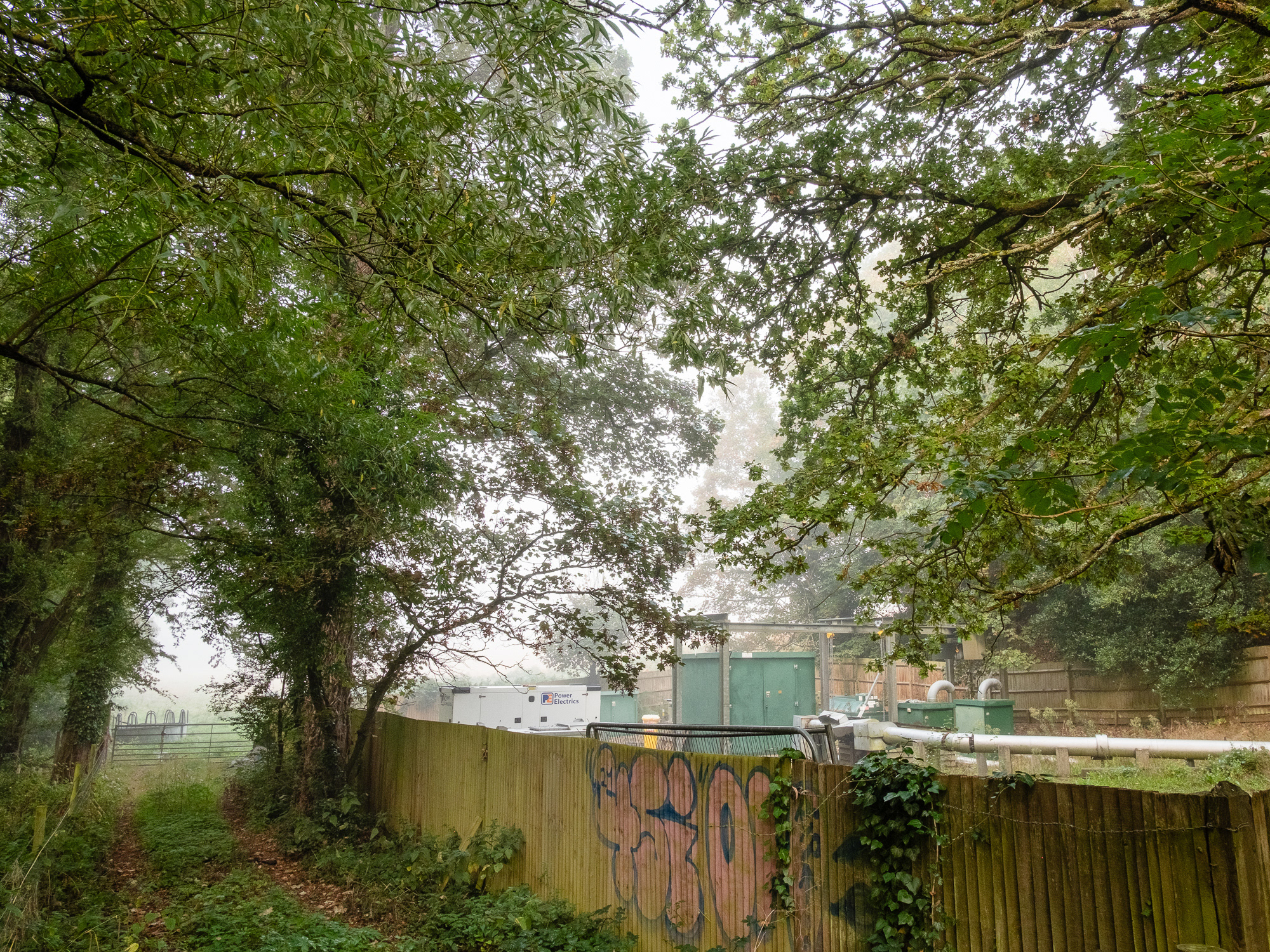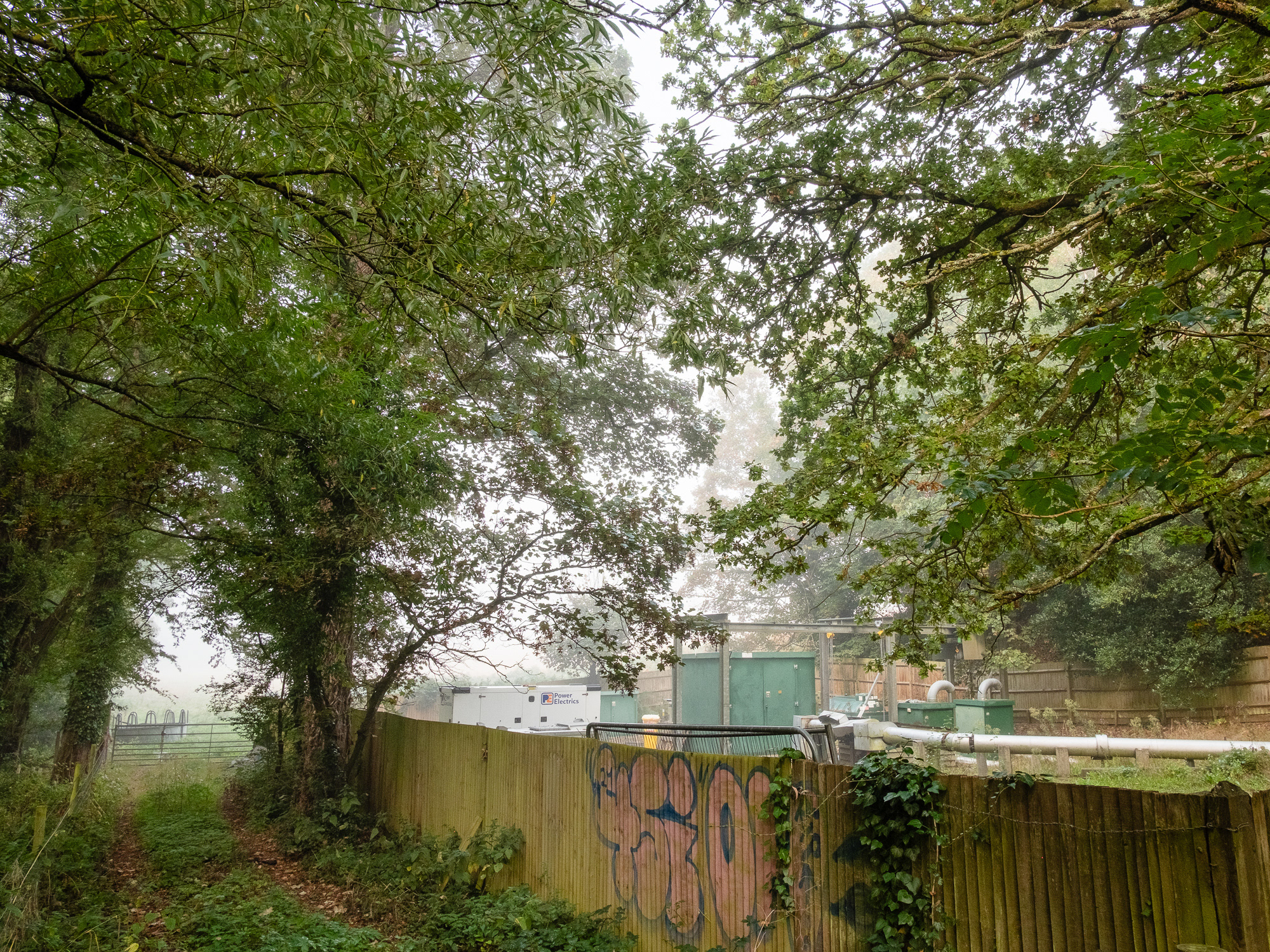The Raft
August 2023
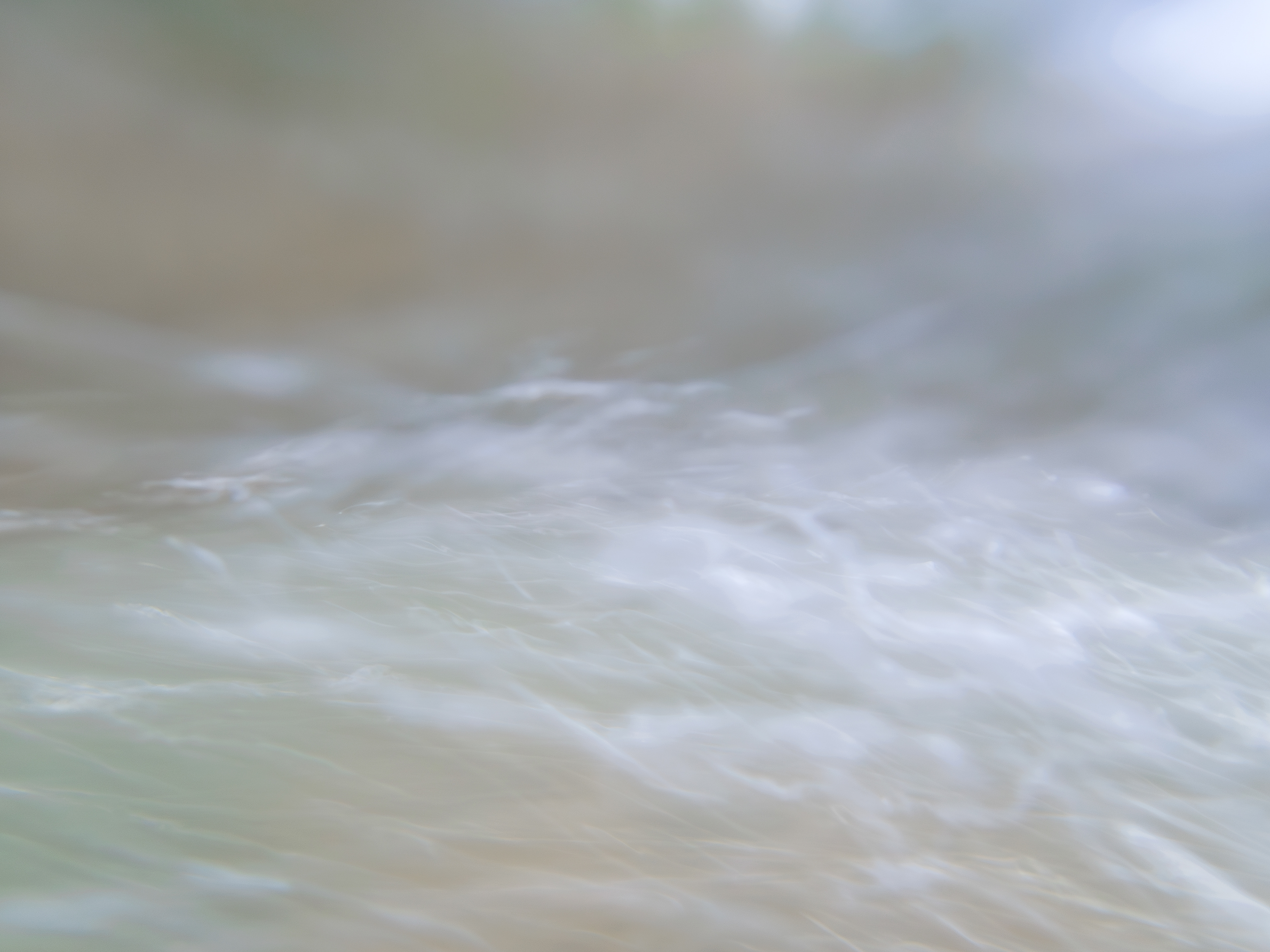
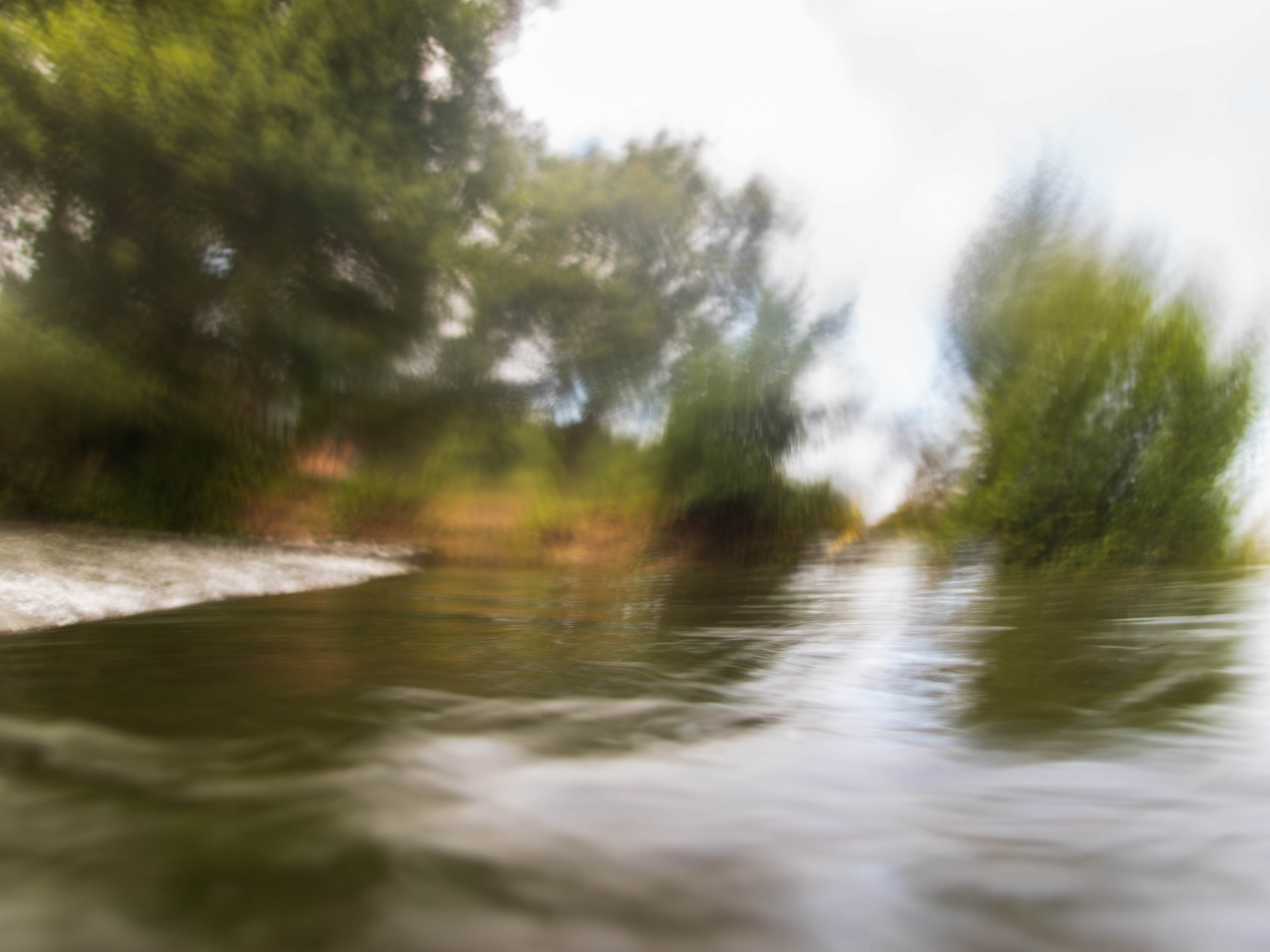

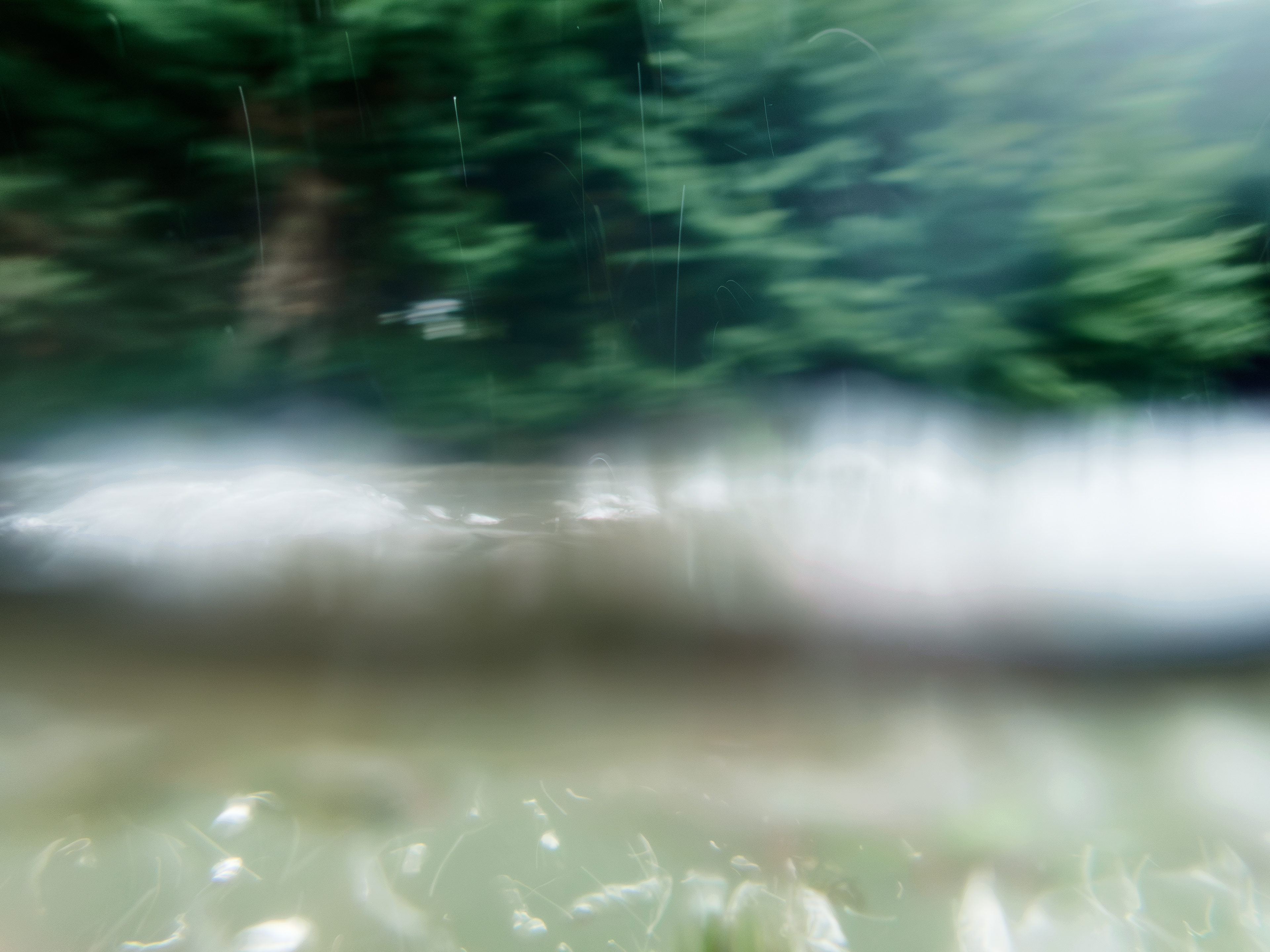
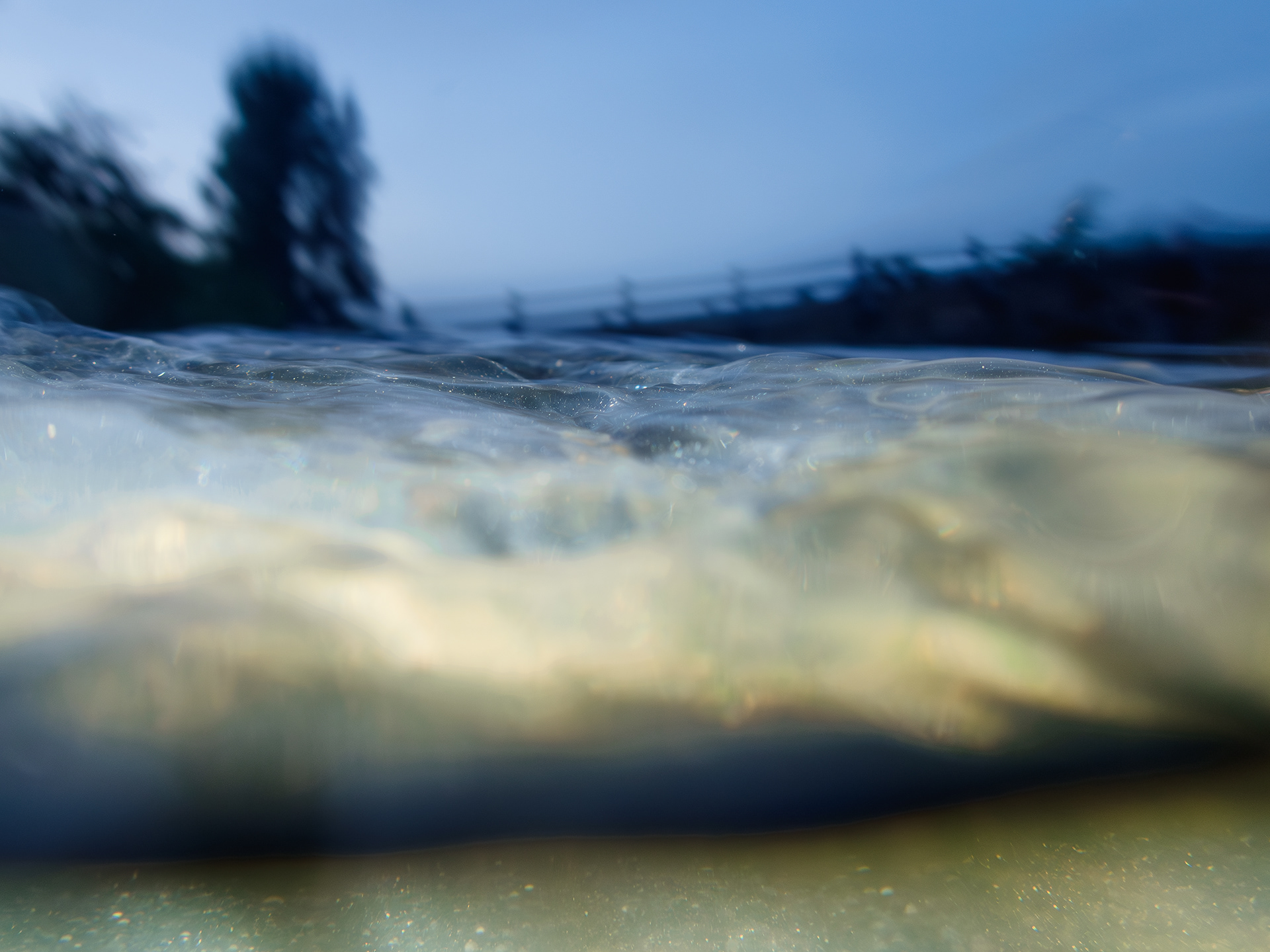


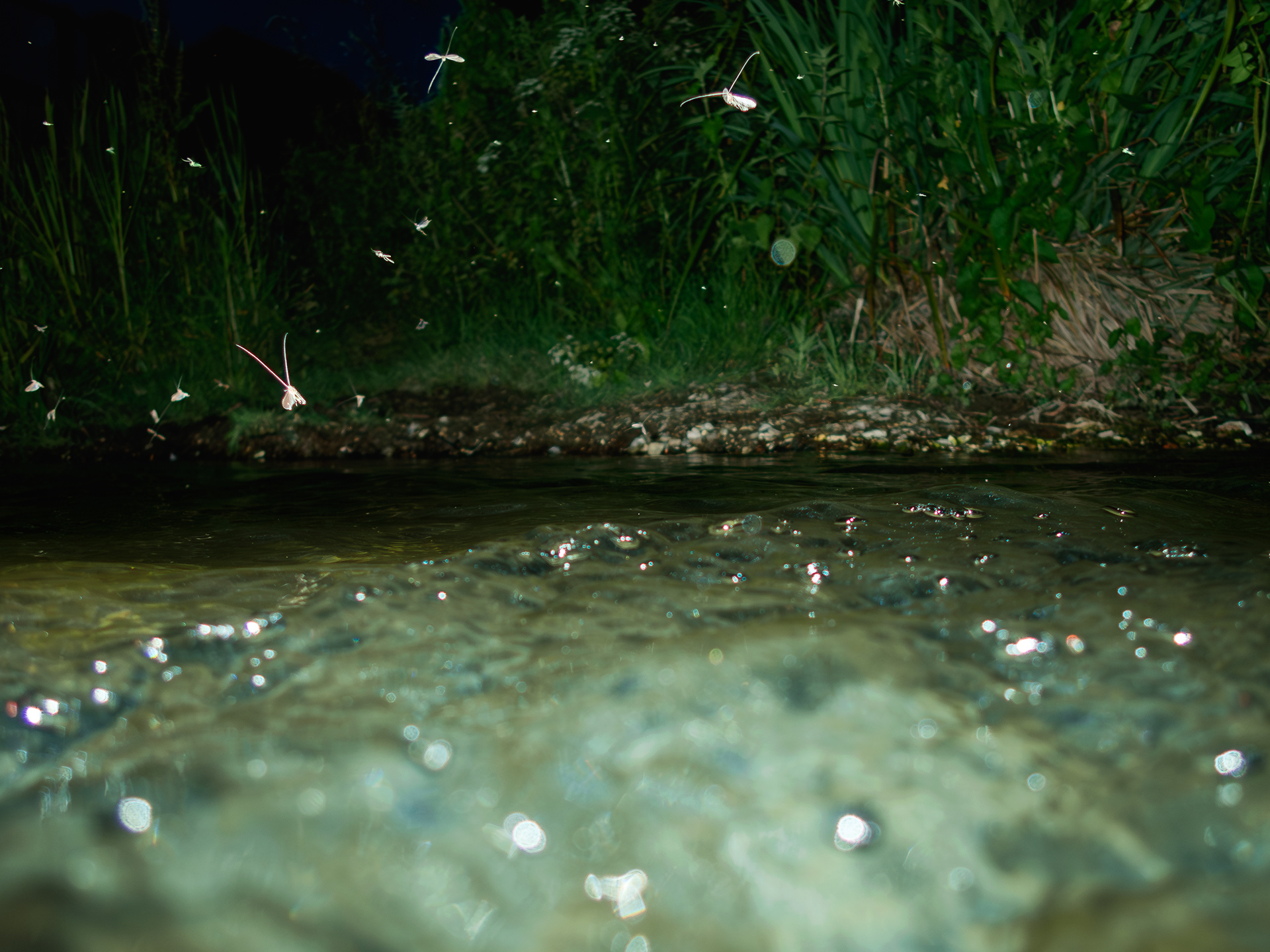
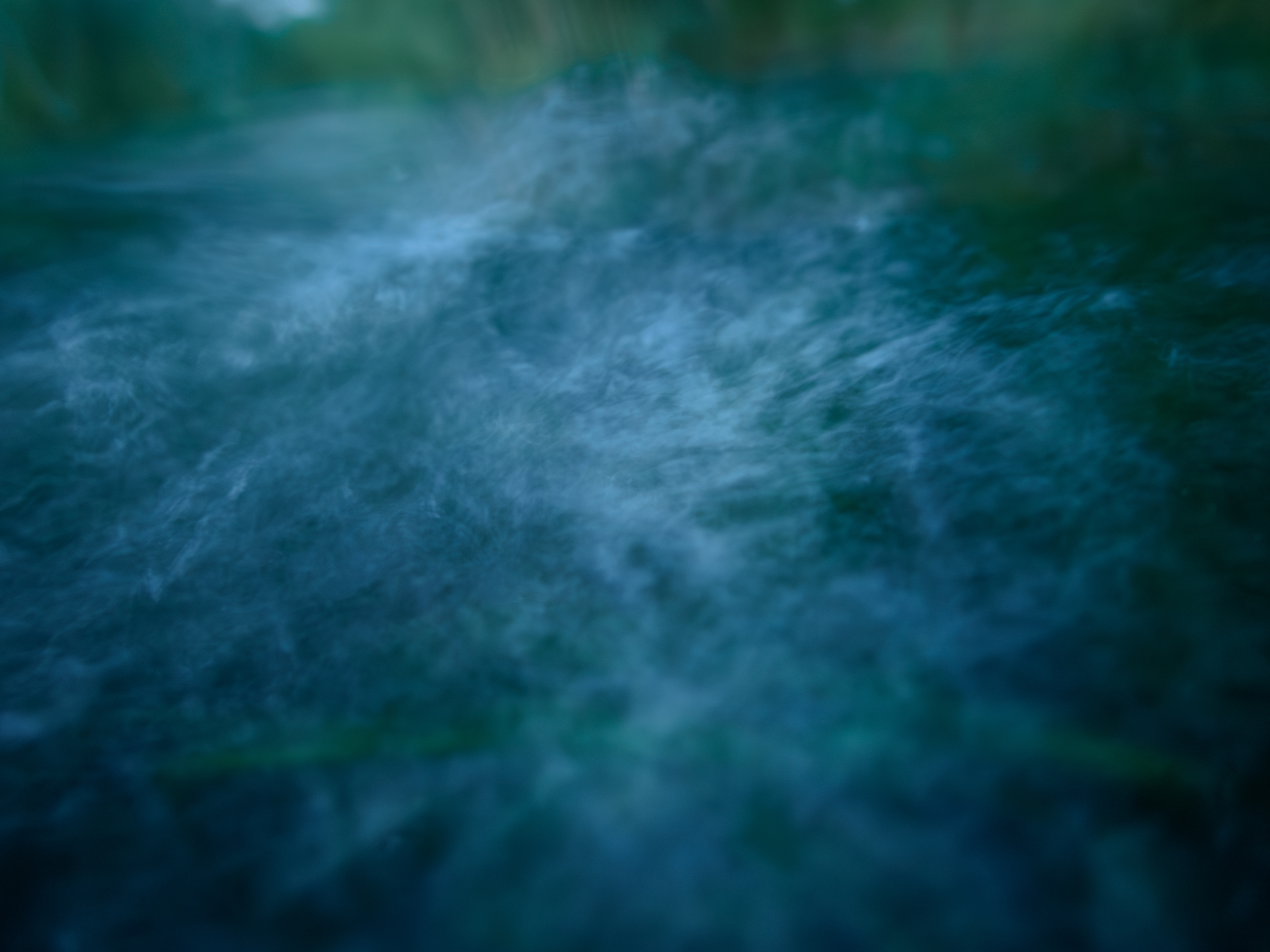
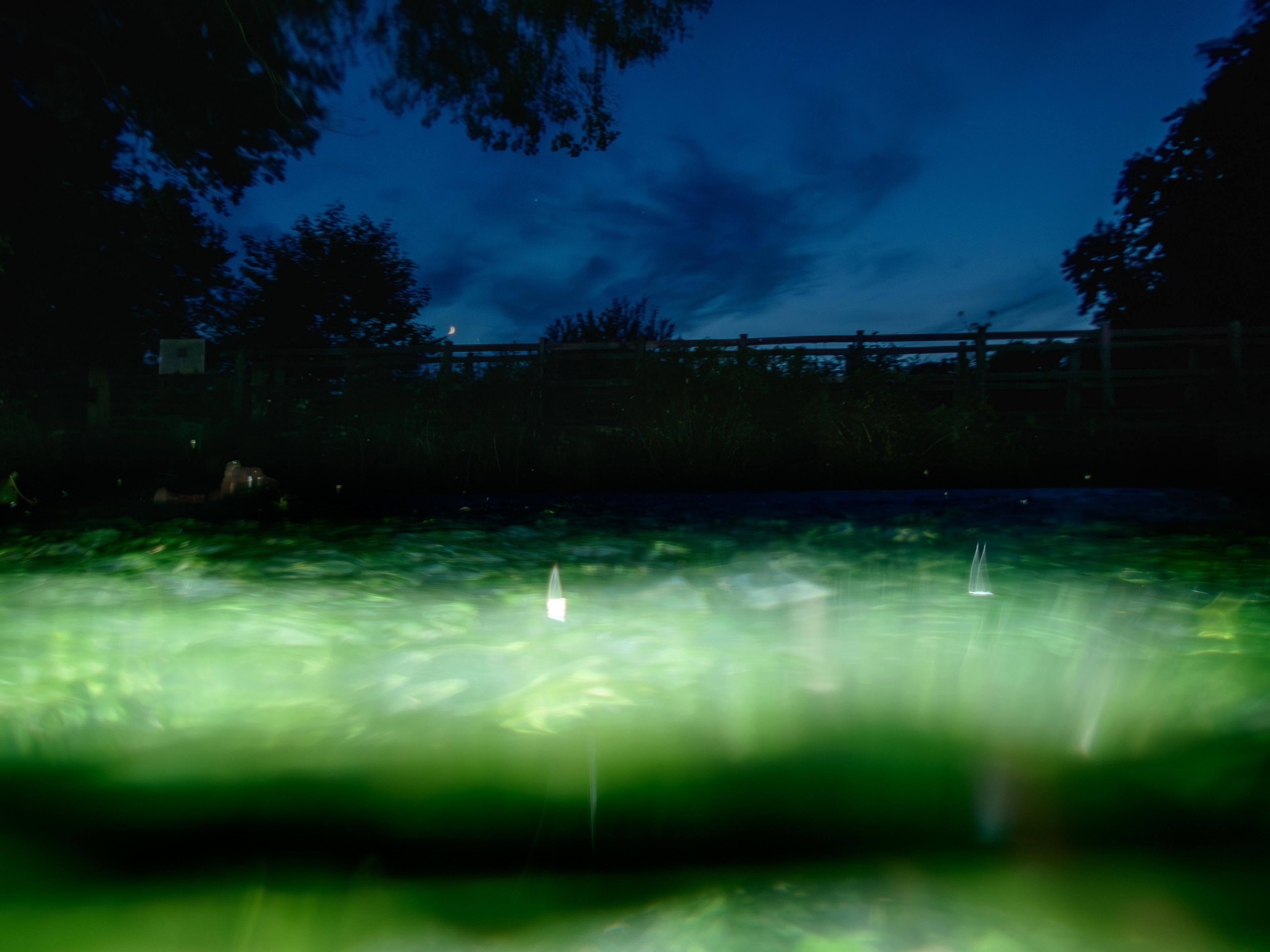
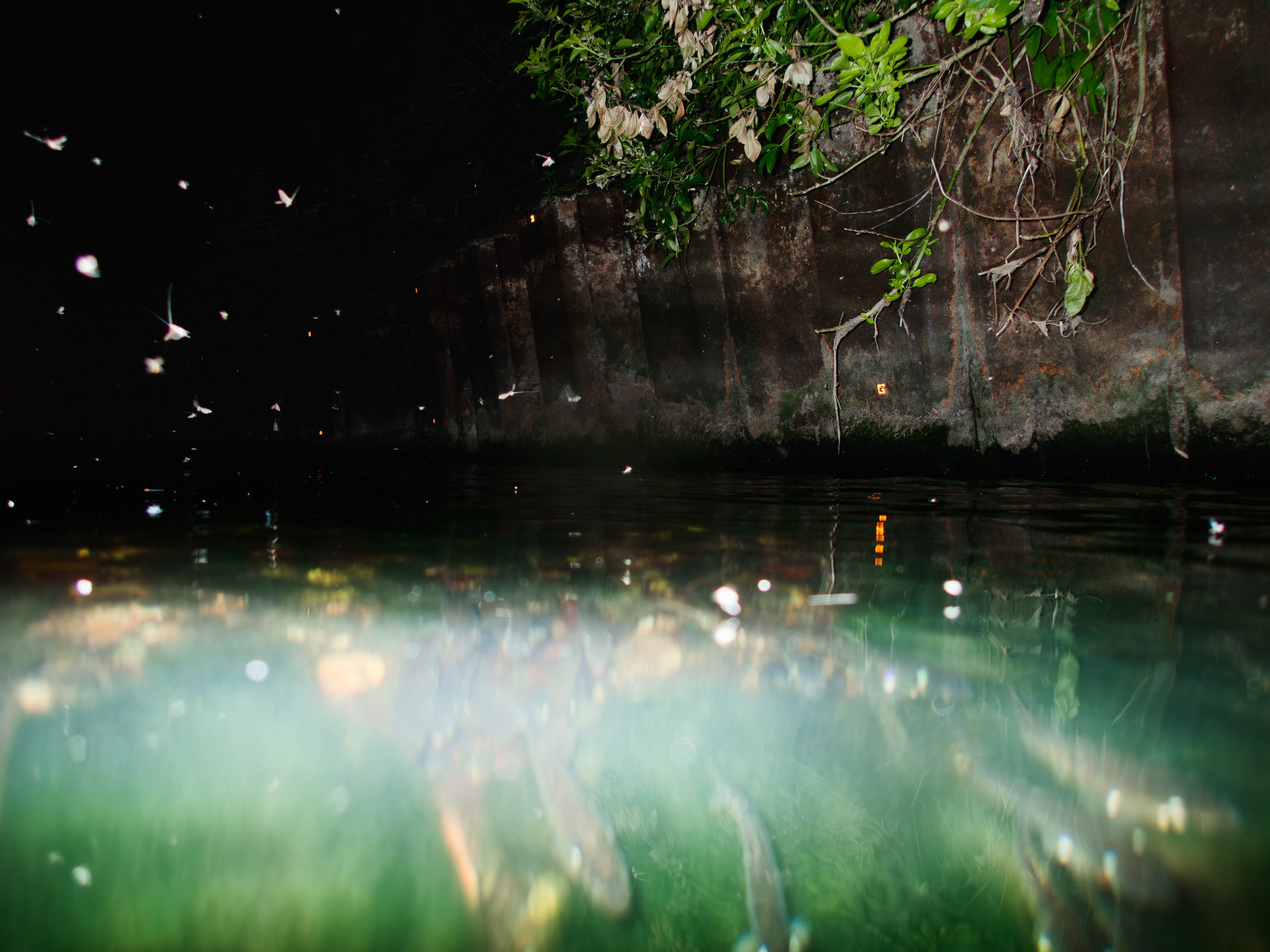
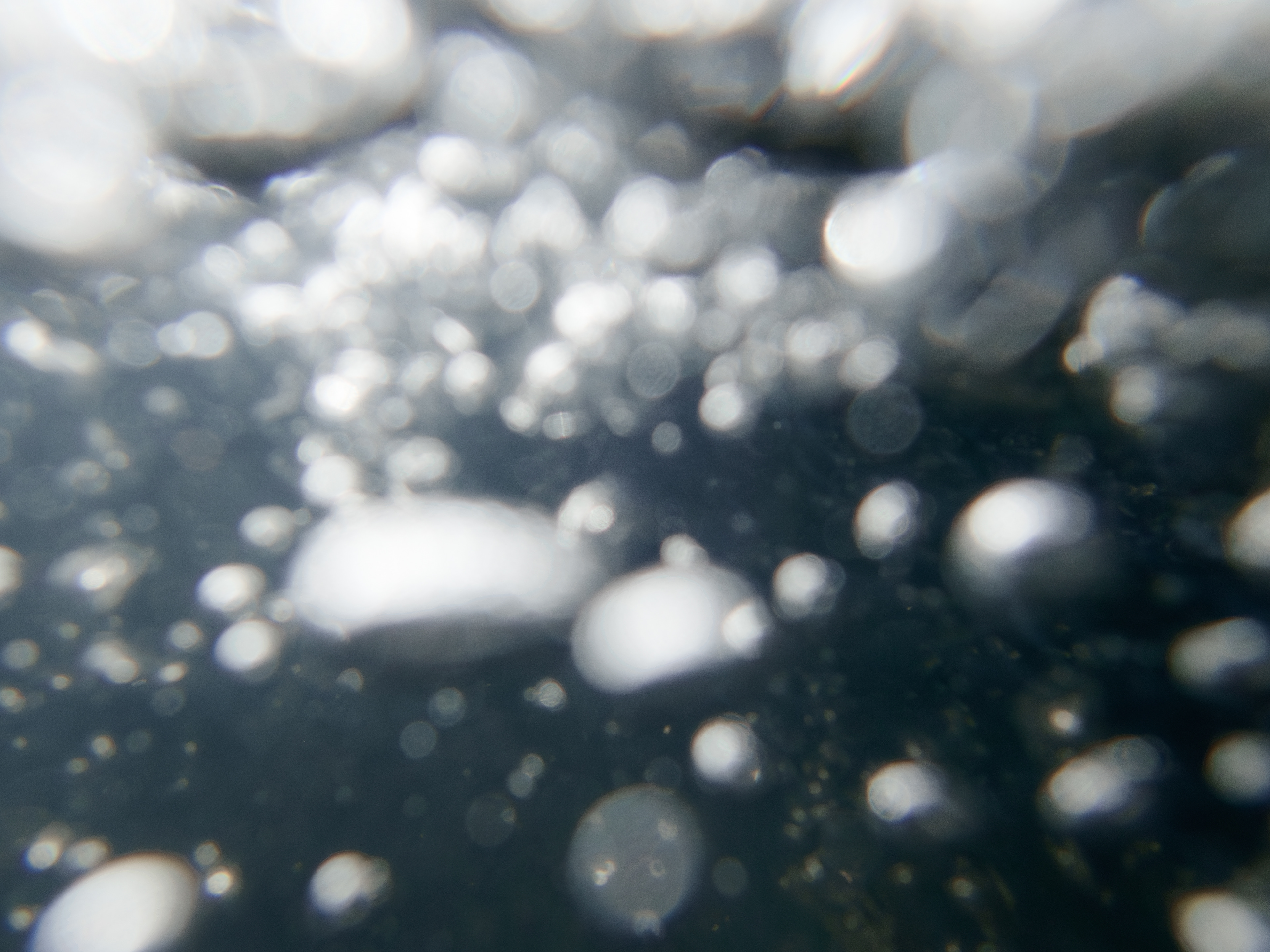
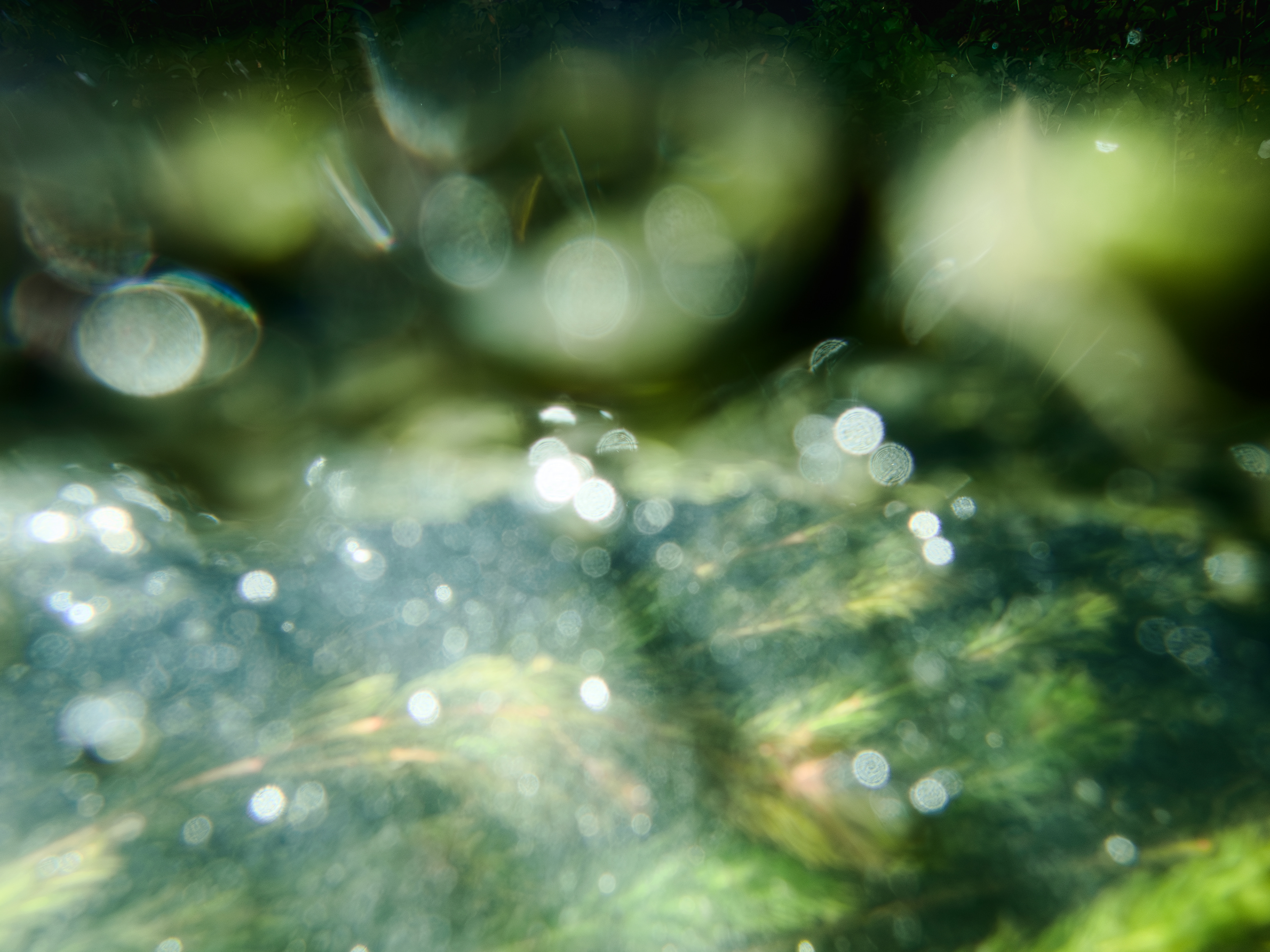
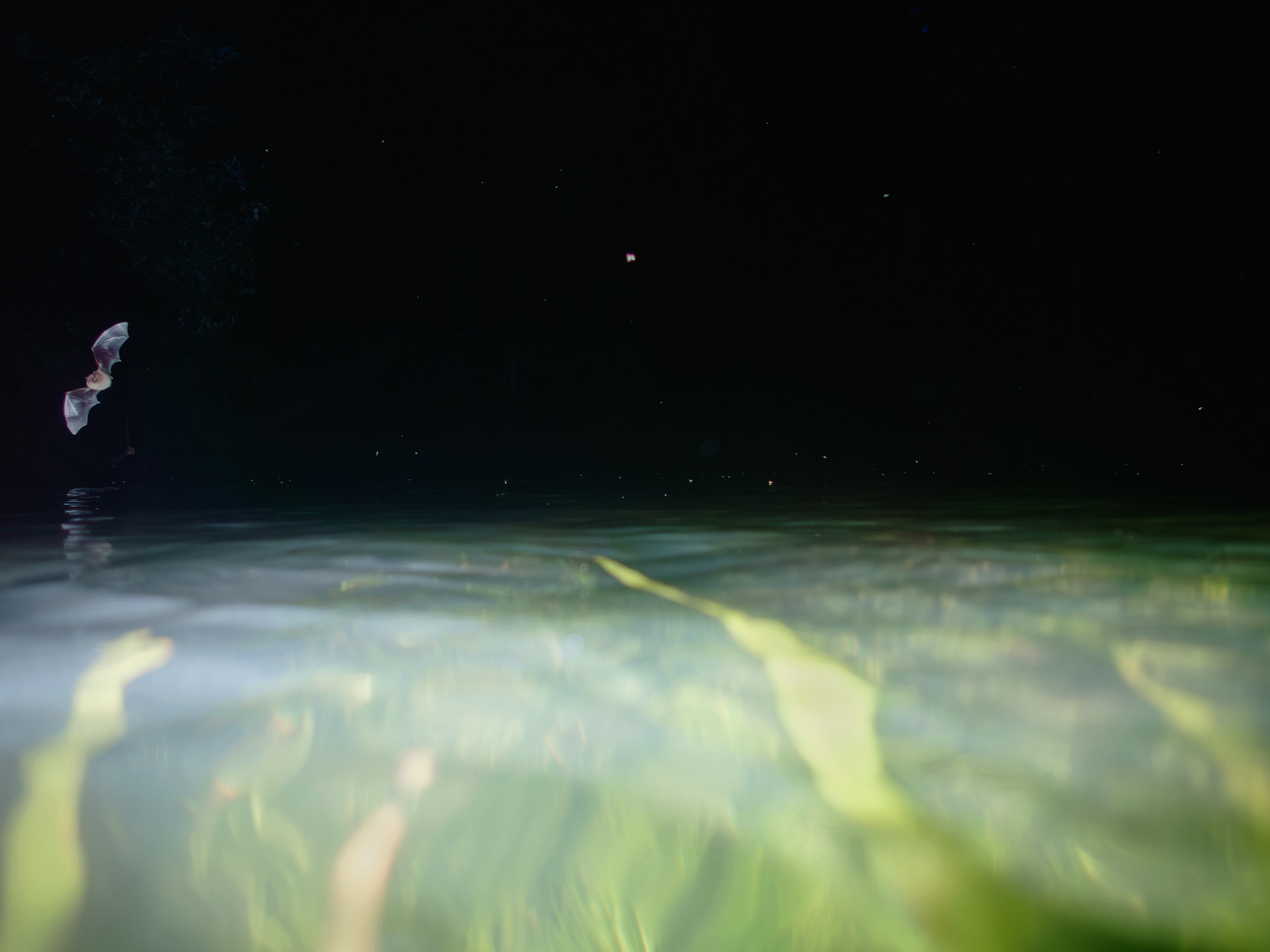
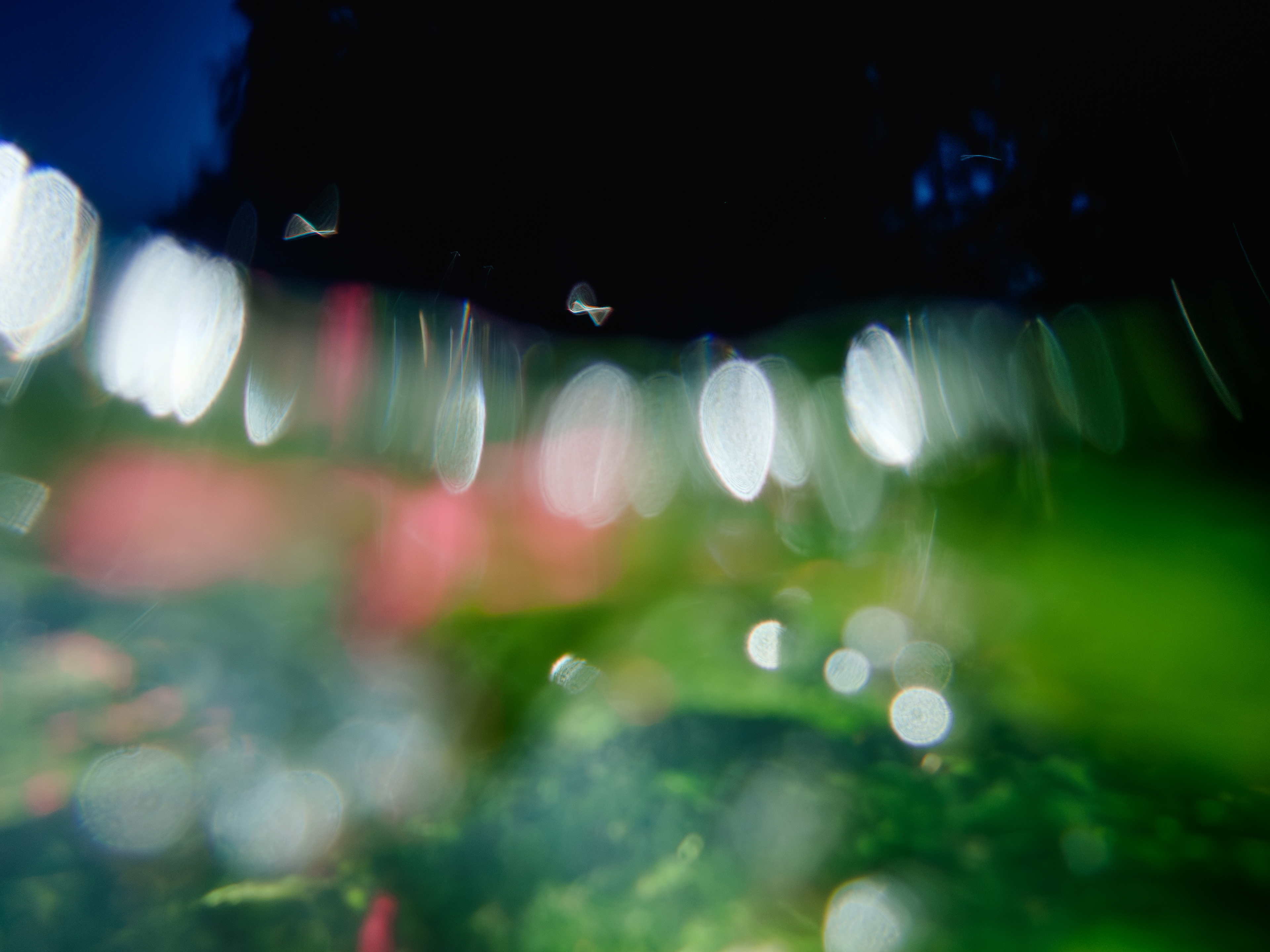
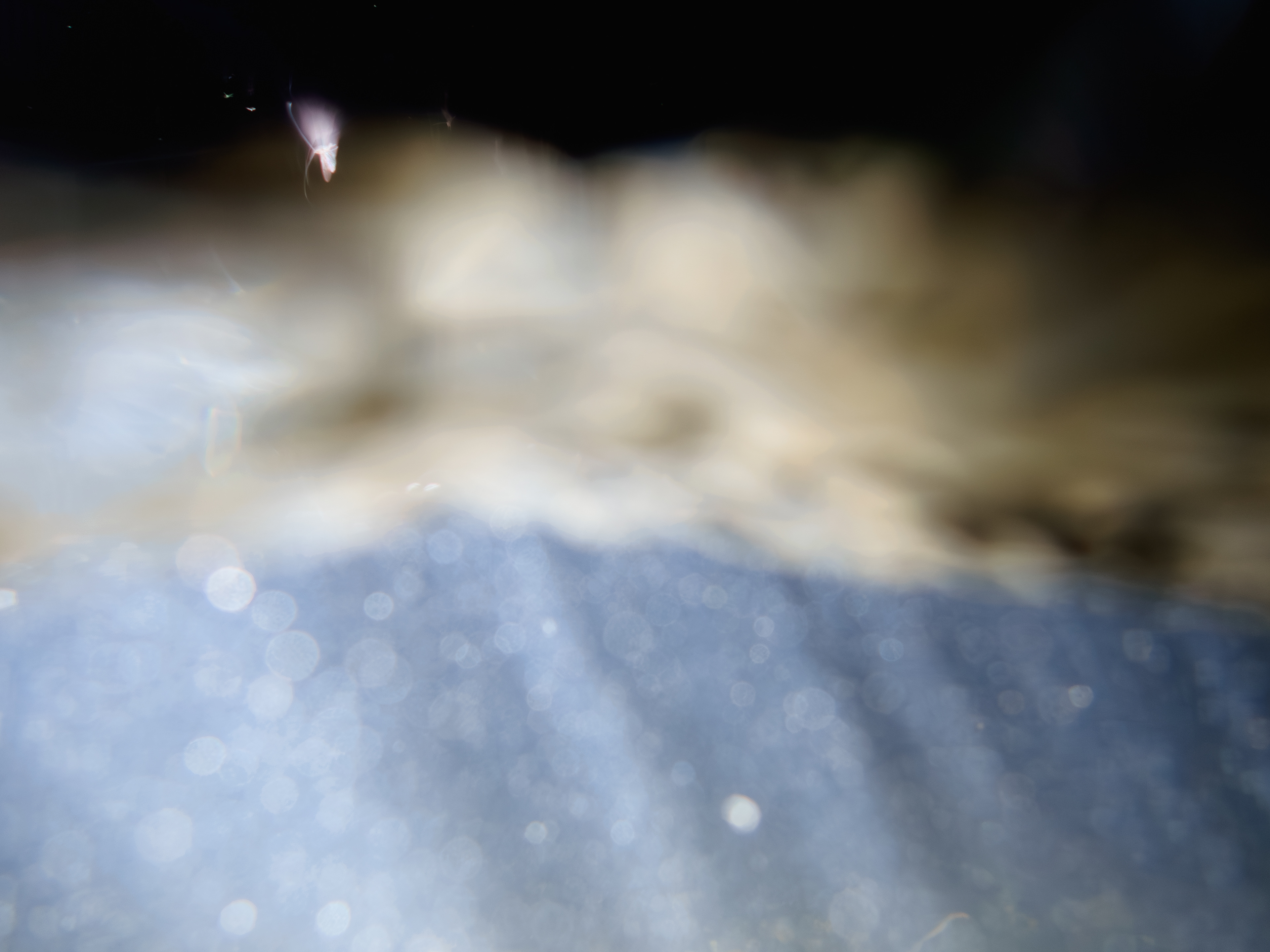
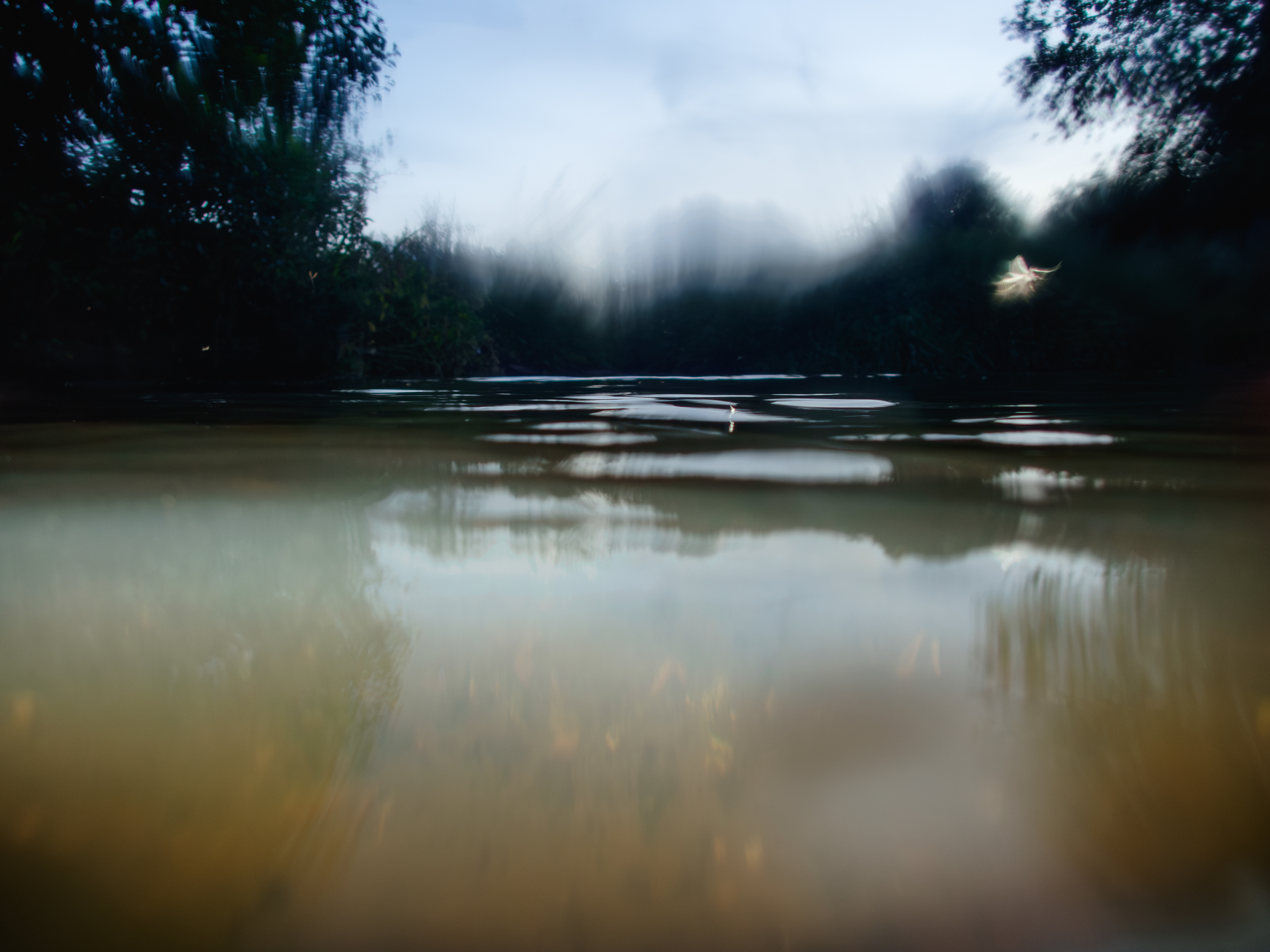
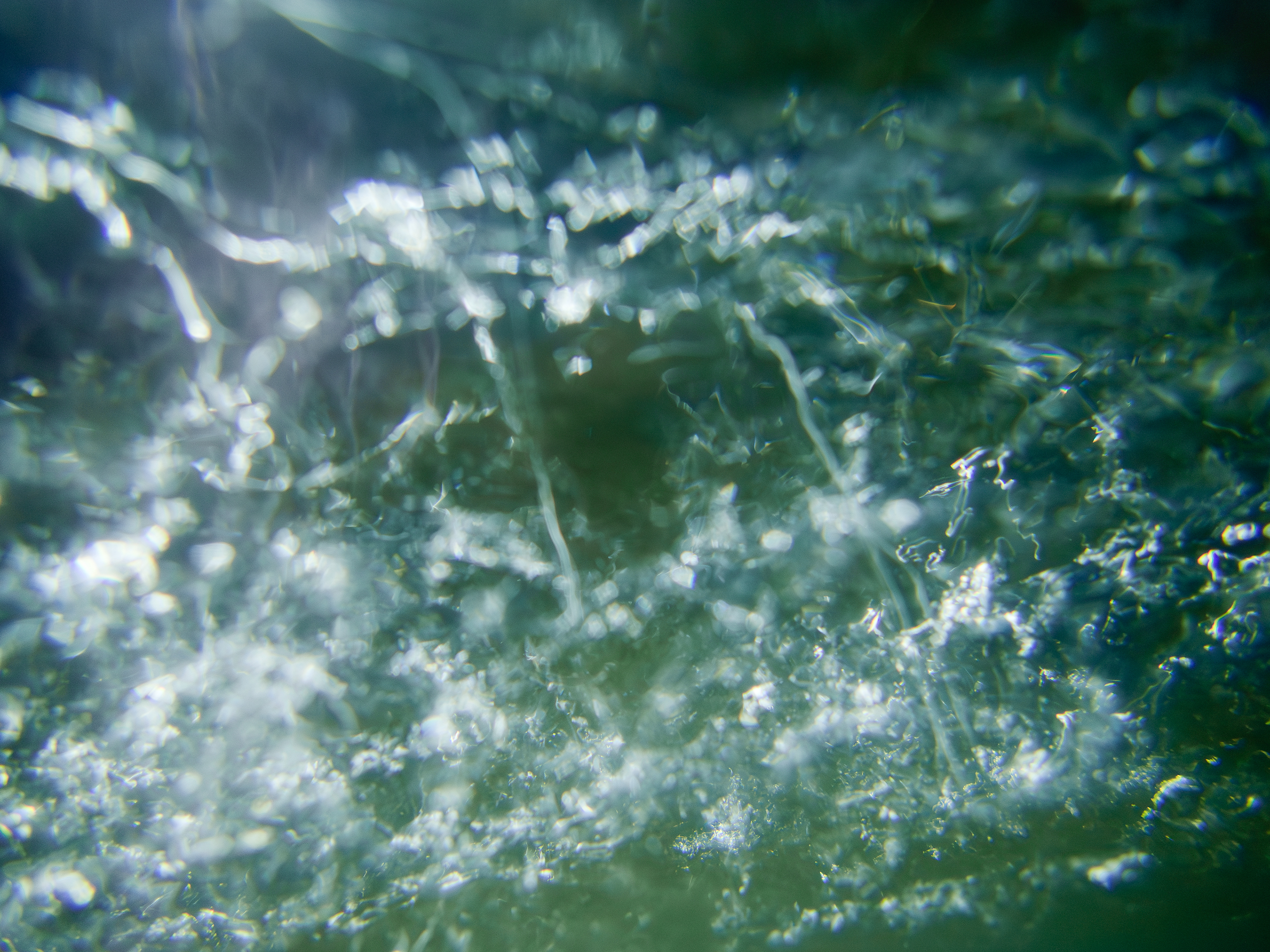
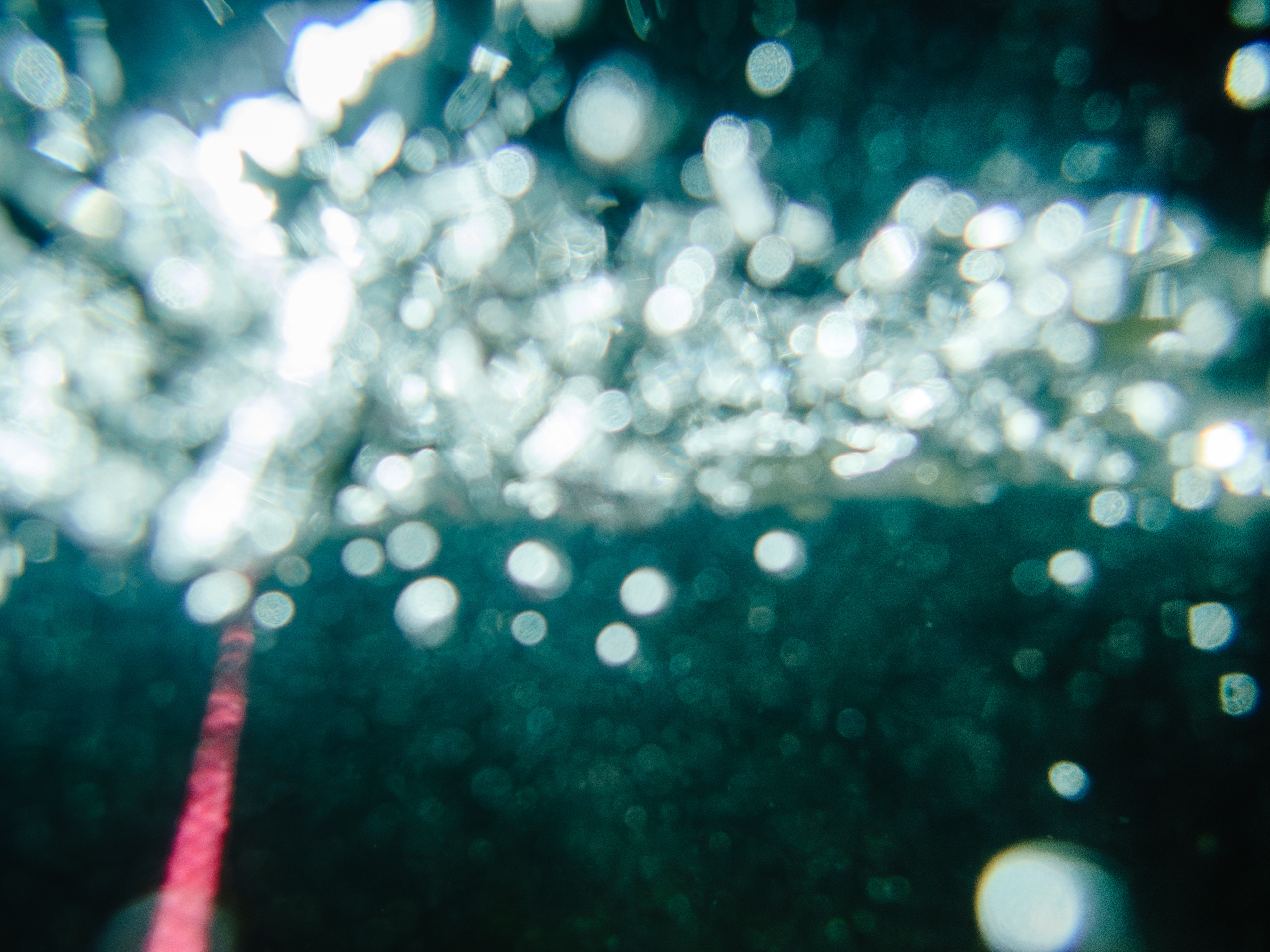
Rivers are a recurring theme in classical western art and in cultures globally. However, their social and cultural significance has only recently started to be incorporated into formal decision-making on river flow management, through the concept of “environmental flows” (Anderson et al, 2019). The river Wey links many of the towns in Hampshire and Surrey and, over time, has provided irrigation, power for mills and transportation for goods and produce. Its morphology has been significantly adapted for these purposes, and more recently to mitigate flooding risks after
major flooding in 1968.
major flooding in 1968.
Visually, the river is more reminiscent of Millais’s Ophelia, than of classical images of John the Baptist, or Charon crossing the Styx. Ruskin’s criticism of Millais’s Surrey as “that rascally wire-fenced garden-rolled nursery-maid’s paradise” (Wikipedia 2023) would still apply today: it is a mixture of shopping centres, industrial estates and heavily controlled picturesque.
At night, from the river surface, a different world emerges. The wire fences disappear. Small winged insects flutter over the water, in a long continuous blending of individual identities – a ribbon of moths along miles of river. They occupy the space between the water below and the bats above, moving in a continuous, seemingly random dance. Their soft silent wings carry them higher or lower, through the varying cover from the banks. Momentary distractions from bright bursts of light disrupt and freeze the dance, before it resumes again, unchanged.
The refraction from the shallow water creates unexpected combinations of viewpoints, while the water itself creates blur and movement. The camera’s position, on and around the river’s surface, distorts the scale of the scene, exaggerating small ripples and turning faster-moving water into overwhelming torrents. The viewer is transported to a strange world, a dream-world that is both comforting in its familiarity and overwhelming in its new-found scale. They are immersed, both
literally and figuratively, in the river’s life and flow.
These images come from an exploration of techniques “to create the unpredictable, the improbable, the informative” (Flusser 2000). By relinquishing full control of the image-making process, these techniques allow the unexpected to emerge, to become manifest. They show a world beyond our preconceptions.
-----
Anderson, E. P. et al. (2019). “Understanding rivers and their social relations: A critical step to advance environmental water management,” WIREs. Water, 6(6). doi: 10.1002/wat2.1381.
Flusser, V. (2000). Towards a Philosophy of Photography. Reaktion Books. London.
Wikipedia contributors (2023). Ophelia (painting). Wikipedia, The Free Encyclopedia. Available at: https://en.wikipedia. org/w/index.php?title=Ophelia_(painting)&oldid=1163526335.
